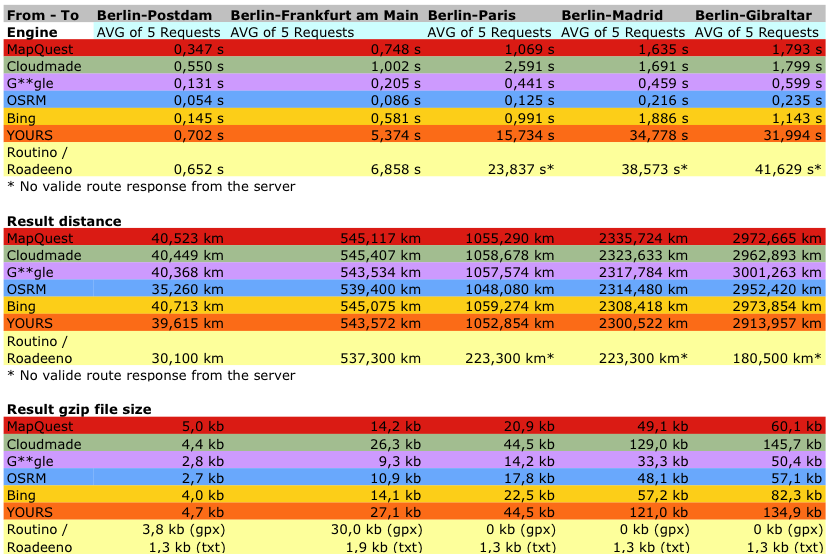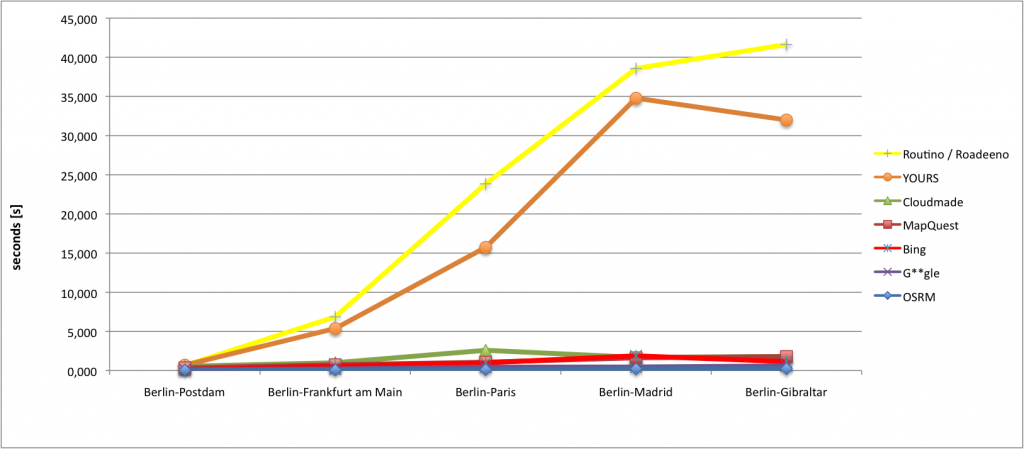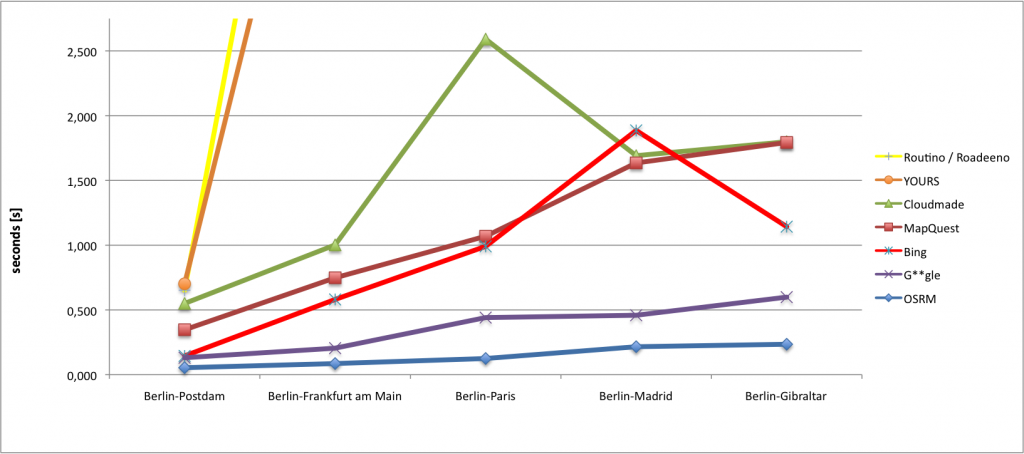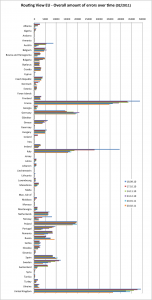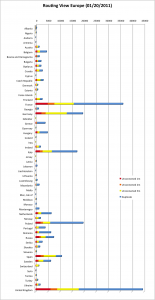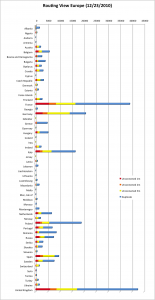The State of the Map. United States. Street Network. 2013
Last year we wrote a journal paper in which we analyzed the OpenStreetMap (OSM) dataset of the United States which was published on May 28th, 2013 in the Transactions in GIS Journal. You can download a free pre-print version here. This paper has been published just on time to add to the discussion at the upcoming State of the Map United States conference which will take place in San Francisco and includes some presentations about data imports to OSM. Unfortunately, Dennis and I cannot attend the conference this year, so we decided to write a blog post with some additional and up-to-date numbers.



